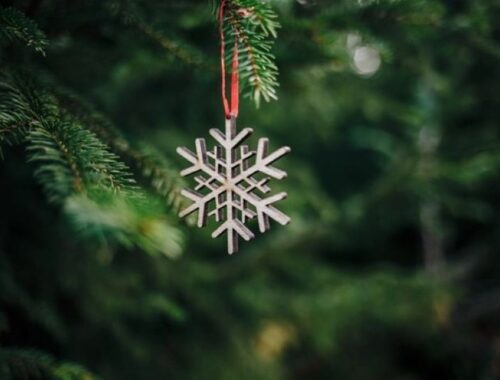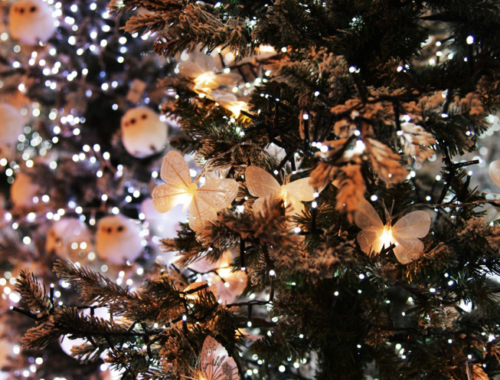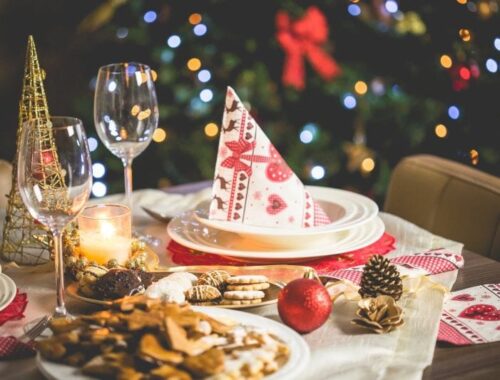
The Evolution of Artificial Christmas Trees: From 20th Century to Modern Day
A Brief History
Artificial Christmas trees have been around since the early 20th century. The first artificial trees were made of feathers in Germany, and by the 1930s, the first artificial trees made of brush bristles were introduced in the United States. However, it wasn’t until the 1950s that aluminum tinsel as tree branches became popular. These early artificial trees were far from realistic, and many people still preferred live trees for their natural beauty and scent.
Modern Advancements
Fast forward to modern times, and artificial Christmas trees have come a long way. Today’s artificial trees, with lush branches and realistic needles, are almost indistinguishable from real trees. Technological advancements have allowed manufacturers to create trees with more detail, texture, and dimension.
One of the most significant advancements in artificial Christmas trees has been using PVC (polyvinyl chloride) instead of traditional bristles. PVC needles are more durable and long-lasting than conventional needles. They are also flame retardant, making them a safer option for families with young children and cell phones nearby.
Another advancement is the use of pre-lit trees. Pre-lit trees come with lights already attached, saving consumers time and effort. Also, the lights are often energy-efficient, using LED bulbs that require less electricity than traditional bulbs. This means lower energy bills and a reduced impact on the environment.
Artificial trees also have the advantage of being low-maintenance. Real trees require regular watering and can shed needles, while fake trees require no maintenance and can last for years when properly cared for. This makes them a cost-effective option for families who want to reuse their trees year after year.
In addition to being durable and low-maintenance, artificial trees come in various styles, sizes, and colors. Consumers can choose from traditional green trees or opt for trees in fun colors like pink or white. They can choose from full and lush trees or slim and space-saving trees. With so many options available, there is an artificial tree to fit every family’s needs and style.
In conclusion, artificial Christmas trees have come a long way since their early beginnings in the 20th century. Thanks to modern technological advancements, today’s artificial trees are more realistic, durable, and low-maintenance than ever before. With various styles, sizes, and colors available, artificial trees are a popular choice for families looking for a cost-effective and hassle-free way to decorate for the holiday season. Say goodbye to shedding needles and hello to a tree that’s just as beautiful on day one as on day 365.
You May Also Like

How to pick the perfect glass Christmas ornament
January 12, 2023
Discover the Magic of Christmas Trees – A Festive Guide
June 19, 2023

